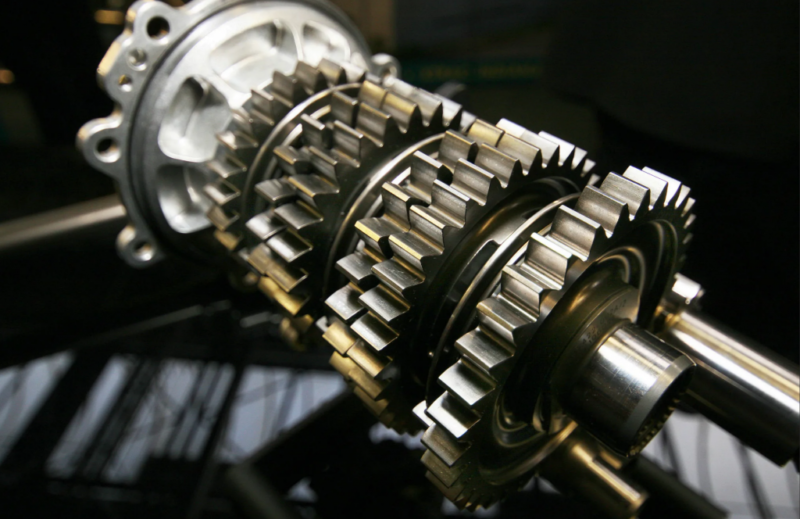Hyundai Kona CVT Transmission Problems
The Hyundai Kona is a popular compact SUV known for its stylish design, fuel efficiency, and advanced features. However, like any vehicle, it may experience certain issues over time. One common problem that some Hyundai Kona owners have reported is related to the Continuously Variable Transmission (CVT). In this article, we will explore the common problems, symptoms, consequences, and repair costs associated with Hyundai Kona CVT transmission problems.
Common Problems
While the Hyundai Kona is generally a reliable vehicle, some owners have encountered issues with the CVT transmission. One of the most commonly reported problems is a delay in acceleration or a lack of power when trying to accelerate. This can be frustrating and potentially dangerous, especially when merging onto highways or overtaking other vehicles.

Another problem that has been reported is a jerking or shuddering sensation when shifting gears. This can occur during both acceleration and deceleration, making for an uncomfortable driving experience. Additionally, some owners have noticed a whining or humming noise coming from the transmission, which may indicate internal damage or wear.
Symptoms and Signs
If you are experiencing issues with your Hyundai Kona’s CVT transmission, there are several symptoms and signs to look out for. These may include:
- Delayed or sluggish acceleration
- Lack of power when accelerating
- Jerking or shuddering during gear shifts
- Whining or humming noise from the transmission
- Transmission slipping or difficulty shifting gears
If you notice any of these symptoms, it is important to have your vehicle inspected by a qualified mechanic to determine the exact cause of the problem.
Consequences
Ignoring or neglecting Hyundai Kona CVT transmission problems can lead to more severe consequences. Continued driving with a faulty transmission can cause further damage to the internal components, potentially resulting in a complete transmission failure. This can leave you stranded on the side of the road and require costly repairs or even a full transmission replacement.
In addition to the inconvenience and expense of repairs, a malfunctioning transmission can also affect the overall performance and fuel efficiency of your Hyundai Kona. It may lead to decreased power, reduced fuel economy, and a less enjoyable driving experience.
Repair Cost
The cost of repairing a Hyundai Kona CVT transmission problem can vary depending on the specific issue and the extent of the damage. In some cases, a minor repair or adjustment may be sufficient to resolve the problem. However, more severe issues may require a complete transmission replacement.
On average, the cost of repairing a CVT transmission in a Hyundai Kona can range from $1,500 to $4,000, including parts and labor. It is important to note that these are just estimates, and the actual cost may vary based on your location and the specific repair shop you choose.
| Transmission Troubles | Repair Cost |
|---|---|
| Delayed acceleration or lack of power | $1,500 – $2,500 |
| Jerking or shuddering during gear shifts | $2,000 – $3,000 |
| Whining or humming noise from the transmission | $1,500 – $2,500 |
| Transmission slipping or difficulty shifting gears | $2,500 – $4,000 |
It is always recommended to consult with a trusted mechanic or authorized Hyundai service center to get an accurate diagnosis and estimate for your specific transmission problem.
In conclusion, while the Hyundai Kona is a reliable and popular compact SUV, some owners have experienced issues with the CVT transmission. Common problems include delayed acceleration, jerking during gear shifts, and unusual noises. Ignoring these issues can lead to more severe consequences and costly repairs. If you notice any symptoms, it is important to have your vehicle inspected by a qualified mechanic. The repair cost for Hyundai Kona CVT transmission problems can range from $1,500 to $4,000, depending on the specific issue and extent of the damage.
